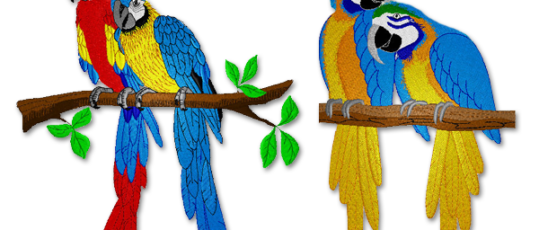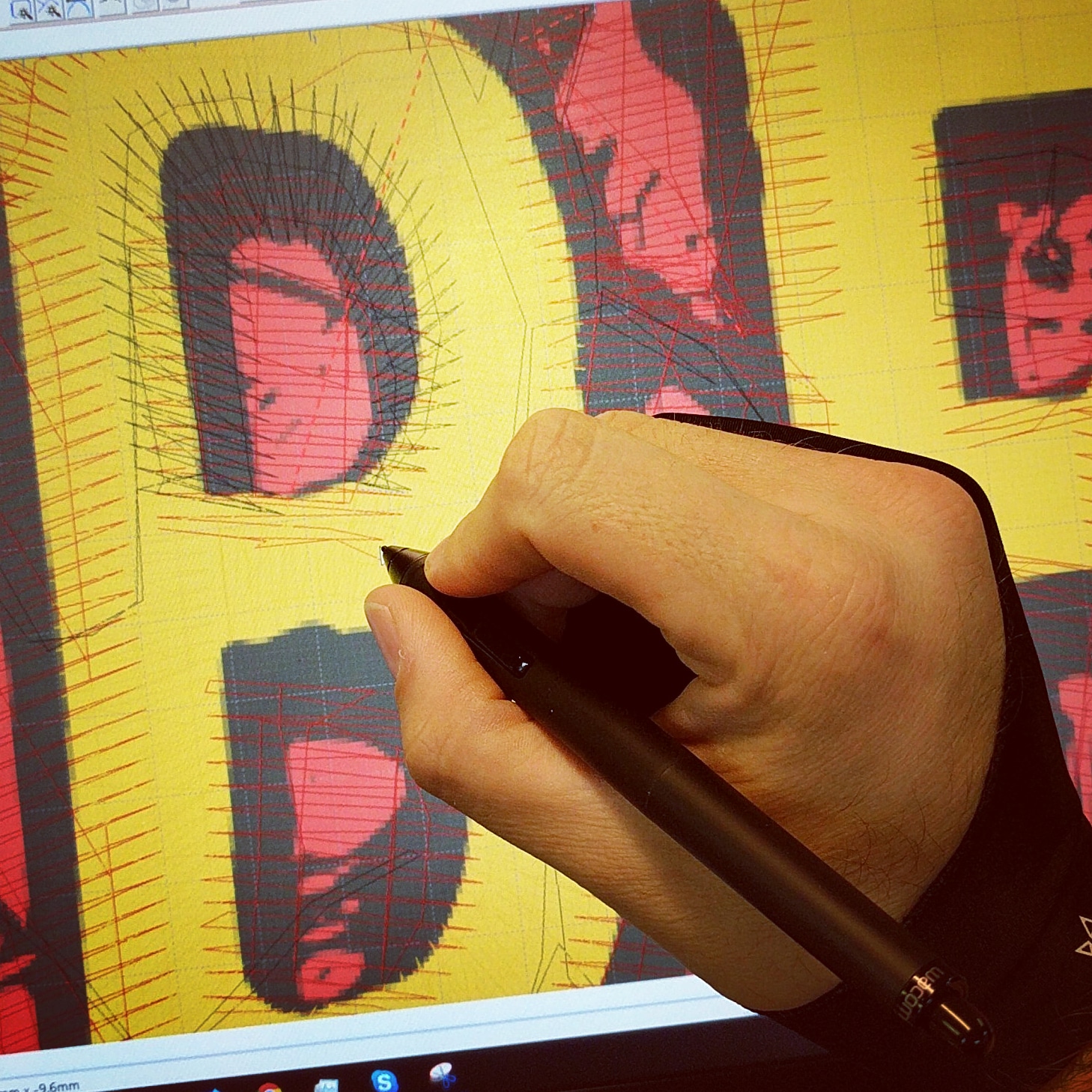Best Digitizing for Embroidery: Boost Your Tasks
Best Digitizing for Embroidery: Boost Your Tasks
Blog Article
Streamlining the Art of Needlework Digitizing: Step-by-Step Overview
Needlework digitizing is a meticulous craft that requires accuracy and creative thinking. As modern technology remains to advance, the digitization process has ended up being a lot more available, enabling enthusiasts to bring their intricate layouts to life with convenience. In this overview, we will unwind the complexities of needlework digitizing, breaking down each action carefully to enhance the process and empower both newbies and experienced embroiderers alike. Keep tuned to uncover exactly how you can simplify this detailed art type and change your imaginative visions into beautifully embroidered work of arts.
Understanding Embroidery Digitizing Software
Embroidery digitizing software program functions as a critical tool for changing detailed styles into electronic formats compatible with needlework devices, promoting precise sewing and modification. This customized software application permits users to import numerous image data layouts, such as JPG or PNG, and convert them into needlework machine-readable formats like DST, EXP, or PES - Digitizing for Embroidery. By utilizing functions like stitch editing and enhancing, underlay options, and string shade option, digitizing software application makes it possible for customers to regulate every element of the style procedure
In addition, progressed needlework digitizing software application uses devices for developing intricate layouts, adjusting stitch density, and incorporating elaborate information. Individuals can additionally sneak peek the style prior to sewing it out, making sure precision and decreasing mistakes. Furthermore, lots of software application give automated attributes that aid simplify the digitizing procedure, conserving effort and time.
Understanding the capacities of needlework digitizing software program is essential for achieving high-quality results in needlework tasks. By understanding this tool, needlework fanatics and experts can unleash their imagination and bring elaborate styles to life with precision and efficiency.

Selecting the Right Design Data
After acquainting yourself with the abilities of embroidery digitizing software, the next crucial action in the procedure is choosing the right design apply for your task. Digitizing for Embroidery. When picking a style declare embroidery digitizing, it's important to consider the intricacy of the style, the dimension of the end product, and the kind of material you will certainly be dealing with
For elaborate designs with great information, a high-resolution image or vector documents is advised to make sure that the embroidery machine can precisely replicate the design. In addition, the dimension of the final item plays a substantial function in selecting the appropriate design documents. Bigger designs might need higher resolution data to maintain quality and sharpness.
In addition, the type of textile you will be embroidering on affects the selection of design documents. Various fabrics may call for adjustments in the style file to guarantee that the stitches are effectively aligned and the style shows up as planned. By thoroughly picking the right style data based upon these elements, you can establish why not check here on your own up for an effective embroidery digitizing process.
Digitizing Devices and Strategies
Utilizing specialized software application and accuracy strategies, digitizing tools are necessary in changing complex designs into embroidery-ready data. Needlework digitizing software program, such as Wilcom, Hatch, or Embrilliance, gives the necessary platform to convert artwork right into stitch information. These programs provide attributes like stitch editing and enhancing, padding alternatives, and text devices to guarantee the layout translates seamlessly onto fabric.
One of the key techniques in digitizing is creating a clear path for this link the embroidery maker to comply with. This includes digitizing each aspect of the style with precision, figuring out stitch types, densities, and directions. By using devices like digitizing tablet computers or software-specific plugins, embroiderers can accomplish a high level of accuracy in their digitized layouts.
Furthermore, mastering the art of padding sewing is critical for generating high quality needlework. Underlay sewing supports the fabric and creates a structure for the layout, making sure that the end product is both visually appealing and resilient. By recognizing these digitizing tools and strategies, embroiderers can boost their craft and bring complex designs to life with precision and effectiveness.
Customizing Stitch Types and Instructions
Having established a structure in digitizing tools and techniques, a vital aspect beforehand embroidery workmanship exists in tailoring stitch kinds and instructions with accuracy and function. The selection of stitch kinds can considerably influence the general look and structure of the stitched design. Satin stitches, recognized for their smooth and shiny coating, work well for developing borders and message. On the other hand, fill stitches are perfect for covering bigger areas efficiently. By tactically combining these stitch types, embroiderers can attain depth and measurement in their designs.
Furthermore, the instructions of stitches plays a vital role in improving the aesthetic charm of the final needlework. Diverse stitch directions can include structure, emphasize details elements, and produce aesthetic passion. For circumstances, altering the angle of stitches can simulate activity or natural patterns like fur or plumes. By try out various stitch angles and patterns, embroiderers can bring their designs to life with impressive information and Your Domain Name intricacy. Mastering the art of personalizing stitch kinds and instructions encourages embroiderers to release their creativity and elevate the quality of their work.
Testing and Refining Your Digitized Style
To make sure the precision and top quality of your digitized design, complete screening and improvement are crucial action in the embroidery digitizing procedure. As soon as you have actually finished the digitization of your style, it is important to check it before waging the actual embroidery. Evaluating allows you to recognize any kind of prospective problems such as thread breaks, sew thickness troubles, or style distortions that may impact the outcome.

After testing, it is necessary to refine your digitized layout based upon the comments from the test sew-out. This might entail tweaking stitch settings, adjusting thickness, or making modifications to the general layout to accomplish the wanted end result. By repeating with testing and improvement, you can tweak your digitized design to excellence before moving on with the real embroidery procedure.
Final Thought
To conclude, understanding the art of needlework digitizing requires a detailed understanding of the software program, choosing the right style file, using digitizing tools and strategies, customizing stitch kinds and directions, and screening and fine-tuning the digitized style. By adhering to these steps, embroiderers can streamline the digitizing process and develop high-grade embroidered layouts with precision and effectiveness.
Report this page